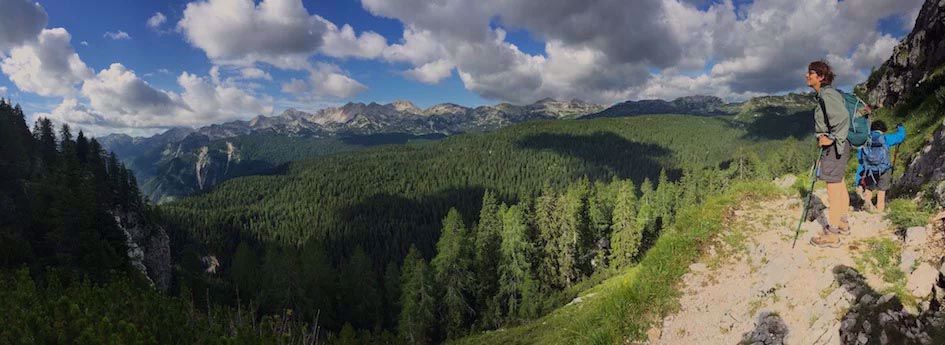Hiking Scotland this fall was full of learning, as hiking trips anywhere always are. Here are 5 things I learned:
1. Just as Colorado has its fourteeners (mountains over 14,000) and New Hampshire has its 4,000 footers, Scotland has its munros. These are all the peaks over 3,000 feet and derive their name from Sir Hugh Munro, who was the first person to document them all. Although you wouldn't think 3,000 feet could present a real challenge, you would be wrong - the rugged trails and the weather, especially in winter, make "munro-bagging" a popular endeavour among mountaineers.
2. 
Haggis is amazingly good. Most of us have some vague knowledge of haggis as sheep's organs simmered in the sheep's stomach - very unappealing. But actually whike haggis does contain some sheep organs and the modern version is simmered in a casing rather than the stomach itself, it is made with lots of grains and delicious spices, which are the more predominant taste. Each haggis is a little different but make sure you try it. And when you do, also order some "neeps and tatties" - turnips and potatoes, another traditional Scottish dish.
3. The whole thing about clan tartans is a fraud! OK, not quite a fraud but it's a little more complicated. Tartans, which are what we would call plaid, were common Highlander dress and patterns were loosely associated with the weavers of a particular area, though it was common for Highlanders to wear a number of different tartans at the same time. However the association of clans with specfic tartans began in 1815 when the Highland Society of London asked clans to claim specific tartans as their own. This Wikipedia article has lots more detail for those interested.
4. The division betwen the Highlands and Lowlands is geologic and not just cultural (although it is that too). The Highland Boundary Fault runs from Arran and Helensburgh on the west coast to Stonehaven in the east, right through the middle of Loch Lomond, although historic and cultural considerations exclude some areas and include others.
5. Lochs, the Scottish word for lakes, can be either ocean (called Sea Lochs) or freshwater. The longest sea loch is Loch Fyne, which goes inland for more than 40 miles. The most famous loch, Loch Ness, is a freshwater loch.
Want to learn more about Scotland (and see some great pictures)? Register now for our webinar on Thursday, December 15 at 8:30.



